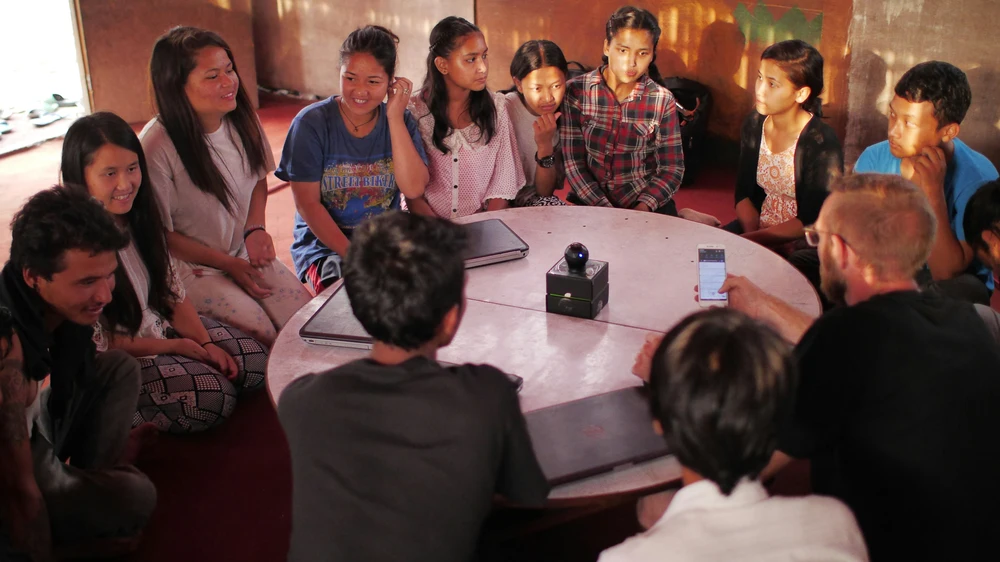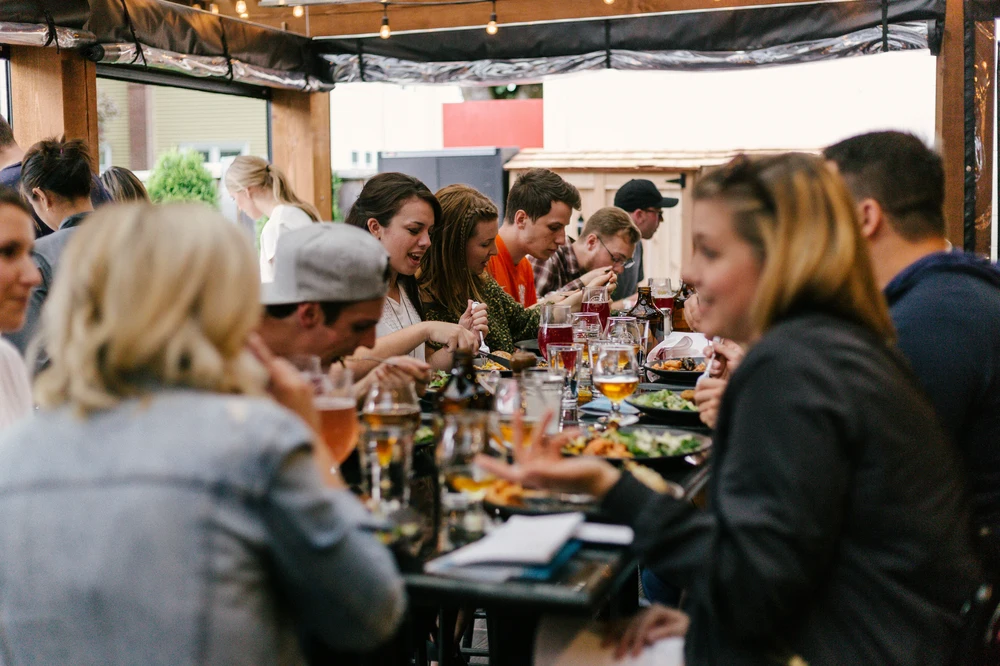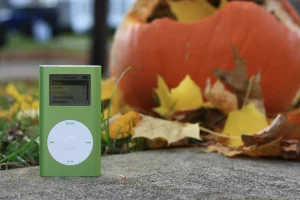Afiyu is more than simply a term; it is the very core of cultural richness, network, and identification. Deeply ingrained in our way of life, Afiyu reflects the links and ideals that unite us all.
As we explore its significance, we’ll learn how this concept influences people’s lives, promotes harmony, and forges enduring memories in communities.
Come along on a journey through Afiyu’s history, culture, and modern interpretations to see why it still has such a profound impact on people today.
The origins and history of Afiyu
The term “afiyu,” which has rich cultural significance, has roots in ancient customs. It currently represents not just the outward expression of communal customs but also acts as a medium for collective identification.
In the past, Afiyu evolved into something more than a ritual or an object; it symbolized how intertwined all people are. Around it, communities would gather, creating links and relationships that lasted for decades.
Various oral traditions and folklore provide the origins of Afiyu. The ages have passed these stories down, frequently changing them while maintaining fundamental principles that emphasize belonging and teamwork.
Societies underwent changes in their interpretation of Afiyu. Several regions, while maintaining a thread of continuity that unites them all, modified their interpretations to reflect their unique experiences.
The spirit of Afiyu is still relevant today as communities look for ways to re-establish ties to their past and to one another.
The traditional culture and practices of Afiyu
Traditions are intricately interwoven with Afiyu. It symbolizes more than just an idea; it is a way of life that aligns with common values and customs.
Many tribes perform Afiyu ceremonies to commemorate significant milestones and honor their ancestors. These rituals frequently include storytelling, dancing, and music, creating a web of stories that unite people.
The vivid colors worn at those events reflect the rich cultural history associated with Afiyu.
Food plays a significant role in these customs. Parties prepare special dishes that symbolize peace and plenty, showcasing enhanced regional ingredients over time. Mealtimes become a way for families and communities to strengthen their bonds.
Additionally, Afiyu-inspired art is a means of expressing one’s identity. Craftspeople produce works that tell stories or embody values that are fundamental to their subculture.
Every introduction celebrates the individuality of shared experiences while encapsulating the spirit of community.
Afiyu’s Contribution to Community Cohesion
Afiyu plays a crucial role in strengthening ties throughout the community. It acts as a venue for people to gather, share testimonies, and conduct alternative research. These exchanges strengthen bonds and foster a sense of community.
Afiyu will serve as the focal point of connection during traditional rituals or group activities. People now gather together not just to celebrate but also to support one another through life’s challenging circumstances. This collaborative attitude fosters teamwork within agencies.
Furthermore, generations often pass down Afiyu-related customs. While younger individuals analyze their historical past through involvement, elders impart information.
This intergenerational dialogue strengthens communal cohesion and enhances cultural identification.
When people interact with Afiyu, they discover that the floor is not unusual, despite its variances. The warmth of company and laughter over food demonstrate its ability to weave social material, creating an environment where everyone feels appreciated.
Examining how Afiyu affects personal identity
Afiyu has a profound impact on non-public identity, going beyond simple subculture. Participating in afiyu is a way for many people to connect with their ancestry and heritage. It gives people a feeling of community that influences how they see the world.
This relationship shows itself in a variety of documents, including narratives and rituals. Every act fosters a group focus by energizing contributors with common ideals and studies. Afiyu acts as a stabilizing force in the face of change as people navigate modern lifestyles.
The activity also promotes self-expression. People frequently misinterpret Afiyu in ways that I find compelling. This dynamic relationship respects ancestors’ knowledge while allowing for growth.
Afiyu’s influence extends beyond ties to the community; it becomes essential to one’s self-perception in society.
This relationship between tradition and originality is beautiful, and the vibrant personalities that result from it stand out against contemporary backgrounds.

Contemporary Afiyu interpretations and adaptations
Afiyu has seen its way into contemporary subculture and identity manifestations in recent years. Through a variety of media, writers, musicians, and artists are reinterpreting its significance.
Traditional Afiyu colors and styles serve as inspiration for modern designers, who create clothing that expresses both innovation and heritage.
Younger generations are able to make powerful statements while embodying their heritage because of this mix.
Social media plays a key role in this change. Online platforms draw attention to untold tales associated with Afiyu, promoting connections across geographic boundaries. Hashtags highlight the beauty of traditions and celebrate cultural fulfillment.
Afiyu-focused workshops and events have appeared in urban areas. These events encourage people to talk about their past while urging newcomers to actively participate in preserving such customs.
As the generation progresses, the story of Afiyu smoothly transcending with gift—also evolves.
Maintaining Afiyu for Upcoming Generations
Maintaining cultural diversity requires preserving afiyu. This idea fosters identity and community while acting as a link between generations.
Engaging younger contributors in customary customs fosters appreciation. They are able to establish a connection with their heritage through intensive reviews, storytelling sessions, and workshops.
Digital structures play another crucial role. Online story sharing ensures that Afiyu’s core message reaches a wider audience. It creates opportunities for conversations about its current significance.
Additionally, group collaboration enhances maintenance projects. They create a vibrant tapestry that reflects common values and beliefs by bringing together a multitude of voices.
Including afiyu in educational materials allows for the early instillation of pride in history. Children develop a sense of belonging while learning about their ancestors.
These coordinated efforts will preserve the spirit of Afiyu for future generations. Every day is a new endeavor in preserving this rich culture.
Finally, we can appreciate the timeless beauty and significance of Afiyu.
Afiyu represents a strong bond between personal identity and community. Its origins are rich in documentation, capturing the ideals and customs that have shaped innumerable lives.
Every narrative associated with Afiyu, well-known, depicts layers of meaning, fostering relationships between those who share these experiences.
Afiyu knowledge changes along with society. Contemporary interpretations demonstrate how this concept is both adaptable and ultimately based on its true significance.
Through common traditions, music, and art, people find new ways to connect with their heritage.
We must preserve Afiyu for future generations. It guides us toward an inclusive future where everyone can feel connected while also serving as a memory of our past. Both its historical setting and its ability to unite people from all walks of life contribute to Afiyu’s beauty.
Afiyu’s essence endures because it still has a profound emotional impact on people all around the world.





0 thoughts on “Afiyu’s Beauty: Comprehending Its Significance in Identity and Community”